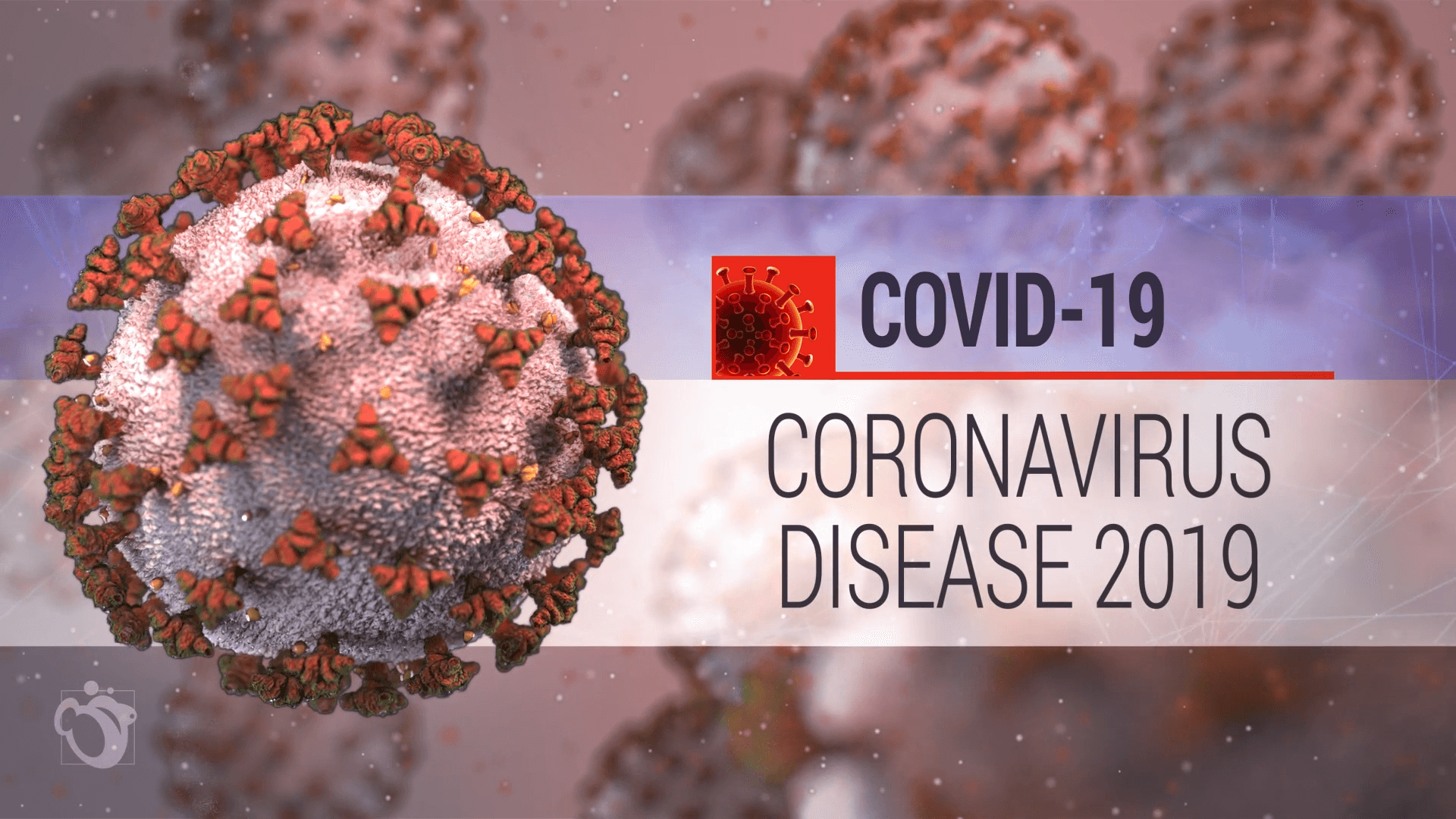Treatment
Communication Is Key: Continuing Your Orthopaedic Care During COVID-19
AN ORTHO-PINION
The COVID-19 virus has meant that many orthopaedic surgeons have had to close their offices. Many follow-up visits, including post-surgical care, have been canceled. Other visits for routine problems, such as a back strain or shoulder bursitis, are no longer feasible.
But there are ways to continue your care. Communication is key.
While it may not be possible to see your doctor in his or her office, a simple telephone call or video telemedicine visit may help solve your problem.
Most telemedicine visits are now recognized and covered by commercial insurers, as well as by Medicare. In fact, some insurers now encourage telemedicine and video communication away from the office.
There are several options for video communication. One simple option is a FaceTime (Apple) or Duo (Android) call from your smartphone or tablet. This will allow you to show your doctor the affected area while you are talking to him or her directly.
A Zoom or Skype conference through your computer will allow others to join the “visit.” For example, if a family member is helping you make healthcare decisions and wants to be part of the conversation, that person can also appear on the computer screen. This is especially helpful right now because many people are quarantined or self-isolated at home. Even if your family member cannot be with you physically, he or she can still be part of your care.
A video conference can allow your doctor to see any area that is painful or injured. It might be a post-surgical wound, a red or swollen joint, a lump on your body, or even a deformity if there has been an injury.
Many times, your doctor can manage the problem by giving you instructions or recommending a prescription. If, however, there is an obvious injury, he or she may recommend that you go to an emergency facility. If you have already done so, it may be possible for you to send a screenshot of an x-ray to your doctor. He or she can then make recommendations from there.
Of course not everyone is “high tech.” Video chatting may not be possible for everyone. This may be especially true for some older patients who might not be computer savvy.
In that case, a traditional telephone call might work very well. You can explain your symptoms and concerns to your doctor and he or she can give you advice from there.
The great thing about modern technology is that, even though we are all isolated from each other by the coronavirus, we still have ways to communicate.
If there is a problem, your orthopedic surgeon wants to hear from you. Many times, your questions can be answered or problems solved easily.
So don’t hesitate to reach out to your orthopedic surgeon. Remember—communication is key.
Read more: What to Do If Your Orthopaedic Surgery Is Postponed
Last Reviewed
April 2020
Contributed and/or Updated by
AAOS does not endorse any treatments, procedures, products, or physicians referenced herein. This information is provided as an educational service and is not intended to serve as medical advice. Anyone seeking specific orthopaedic advice or assistance should consult his or her orthopaedic surgeon, or locate one in your area through the AAOS Find an Orthopaedist program on this website.







